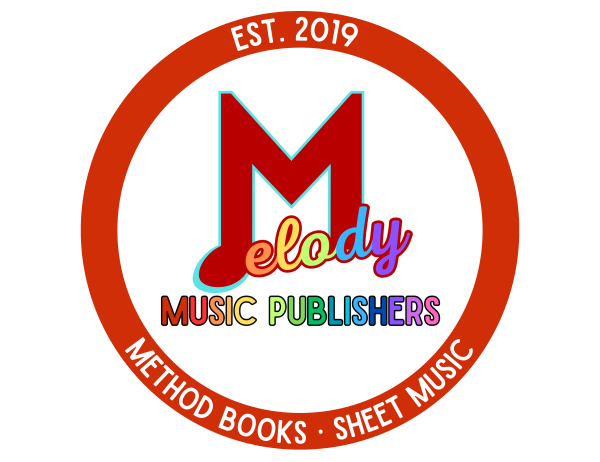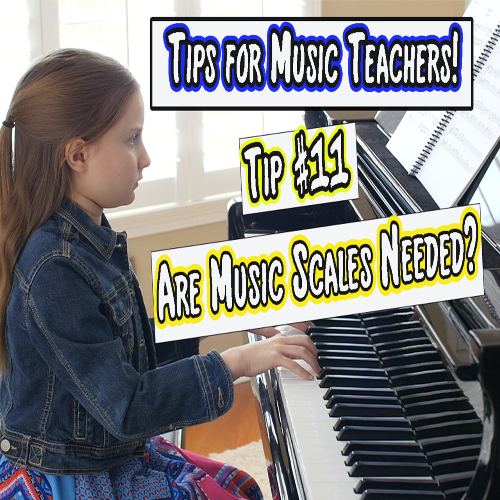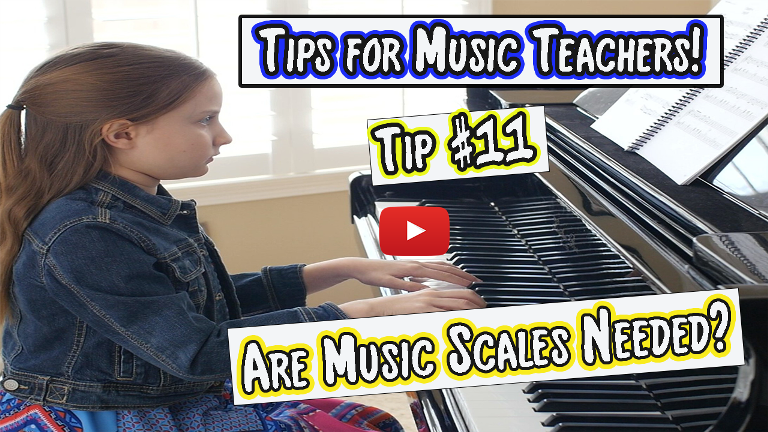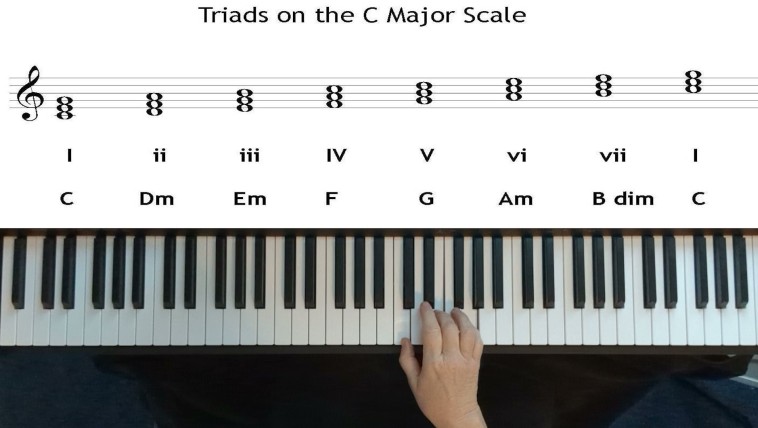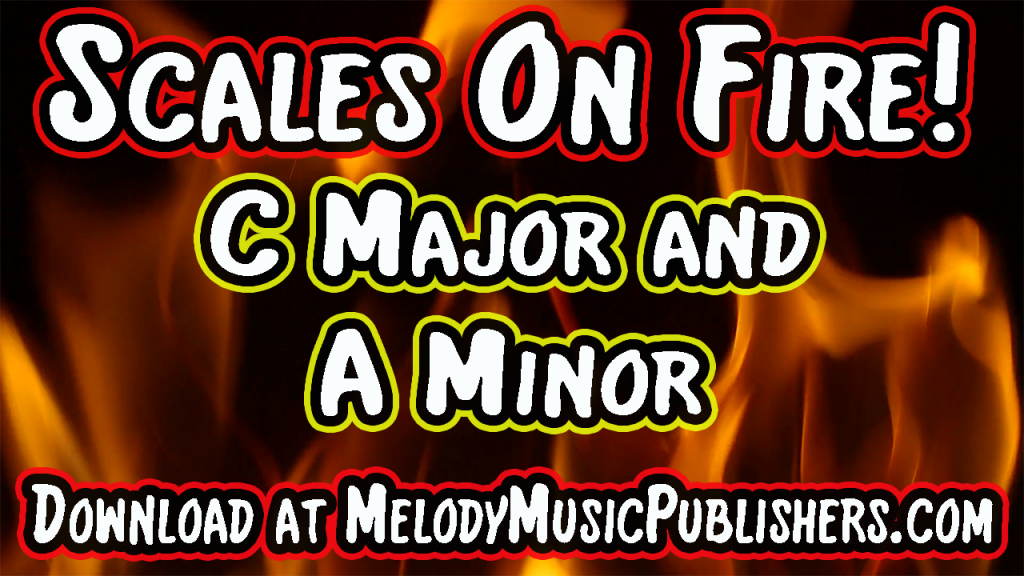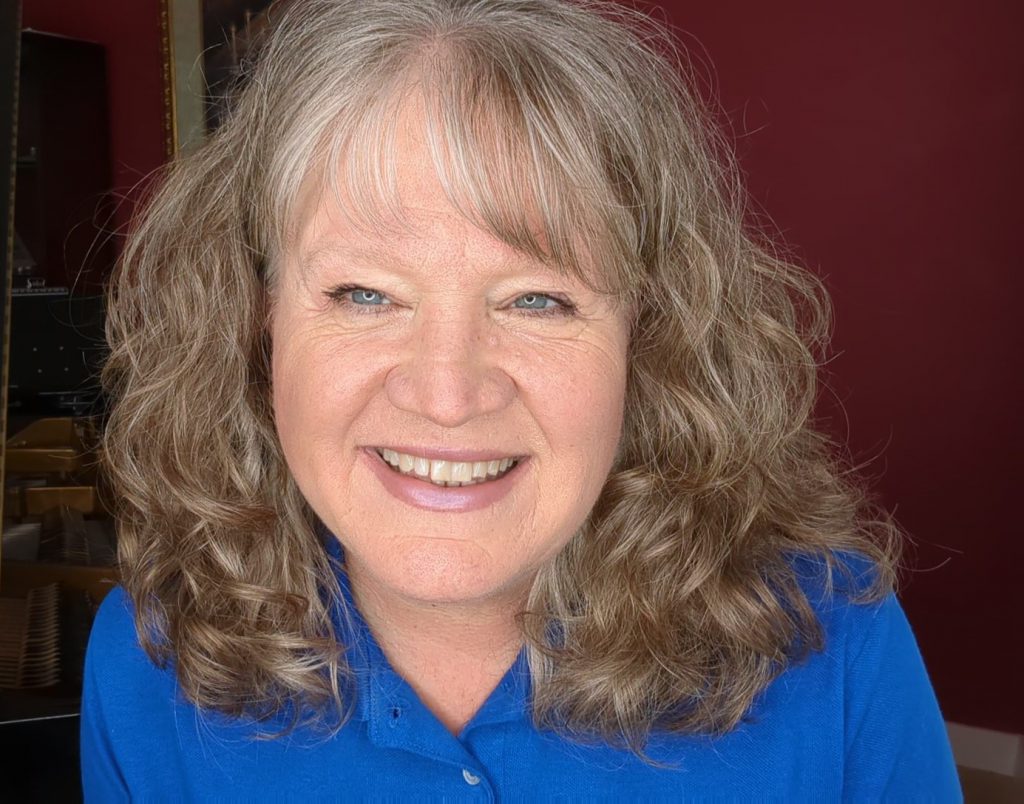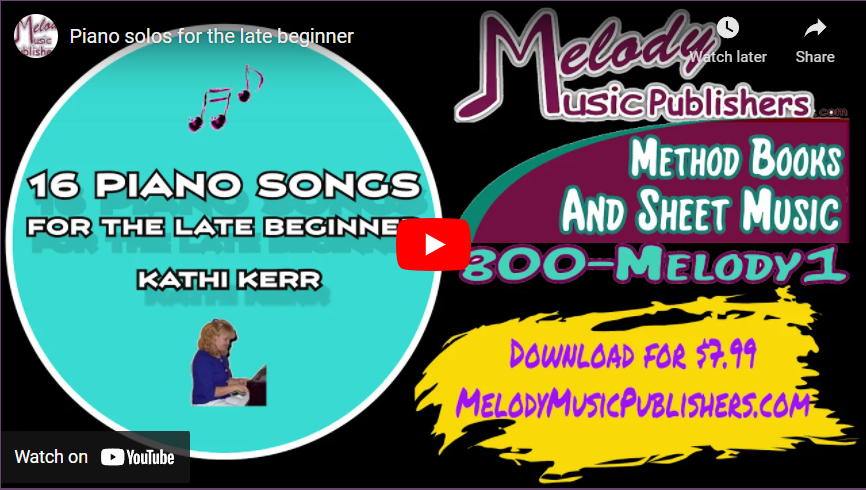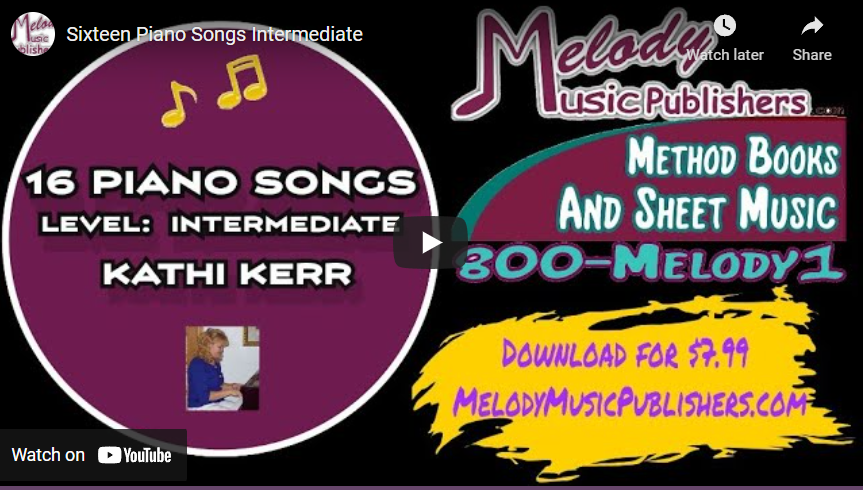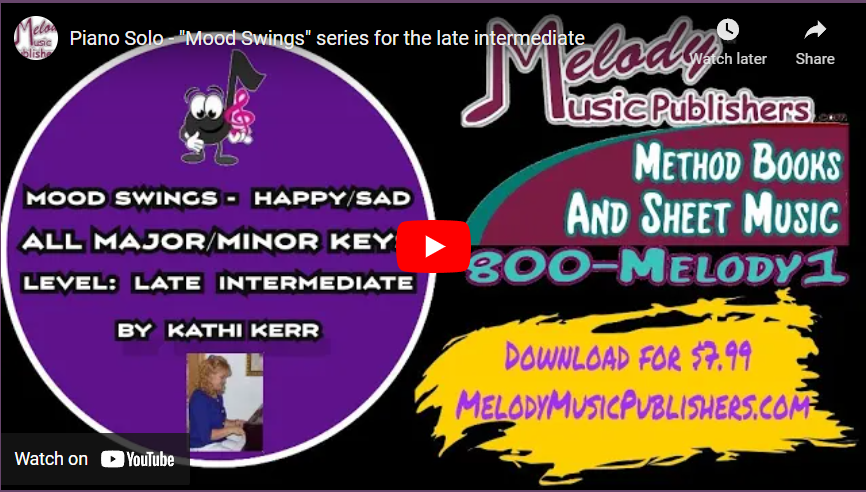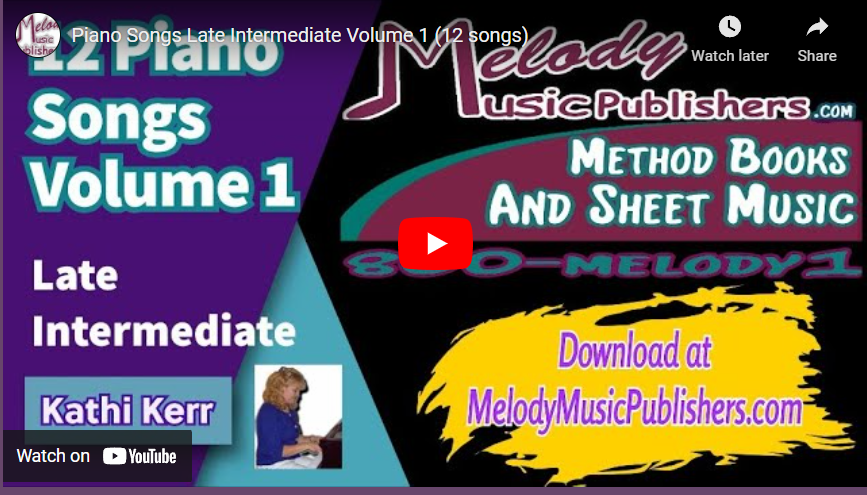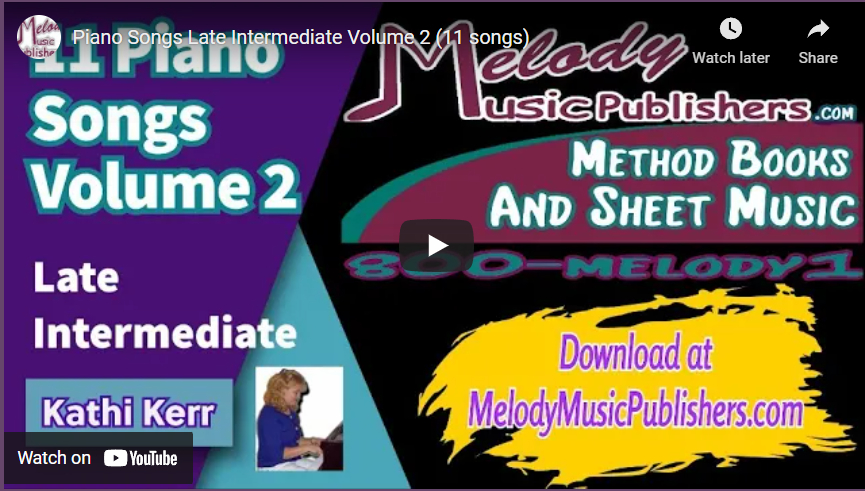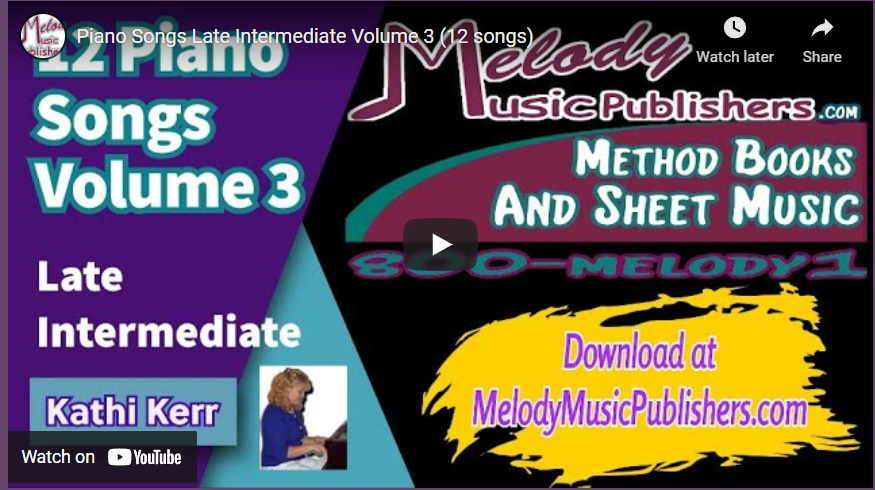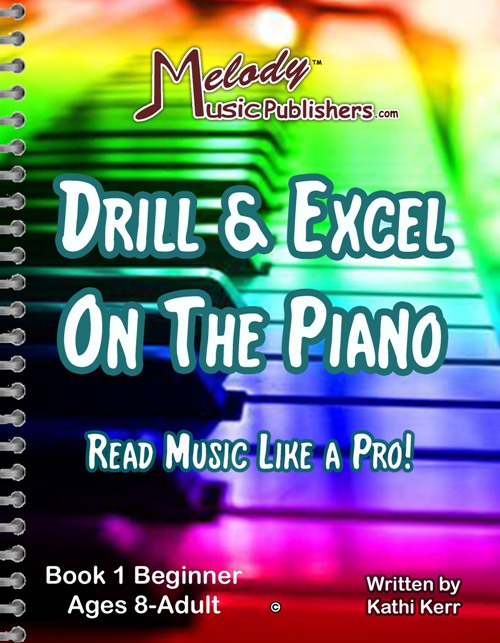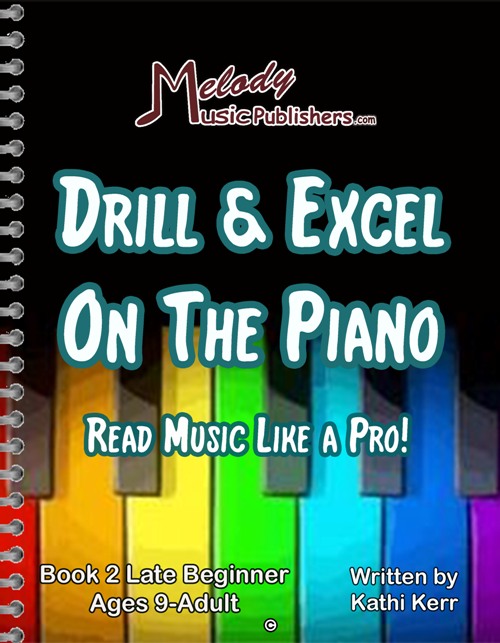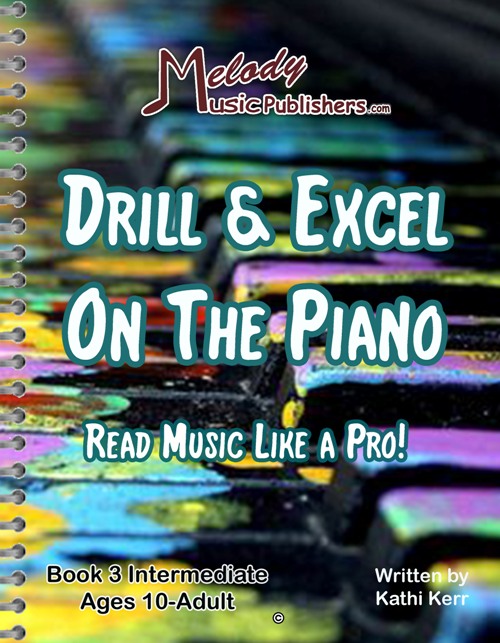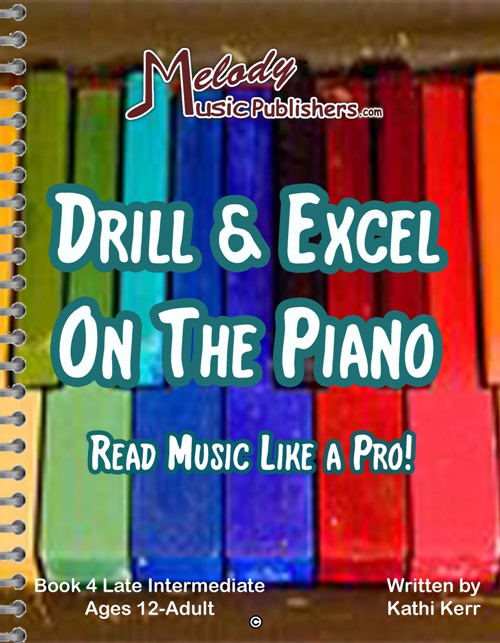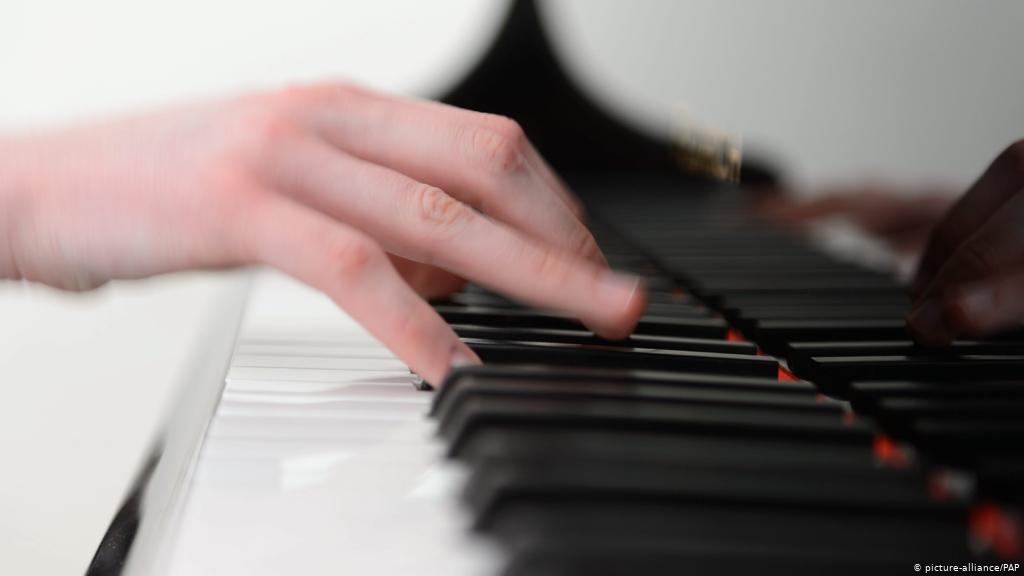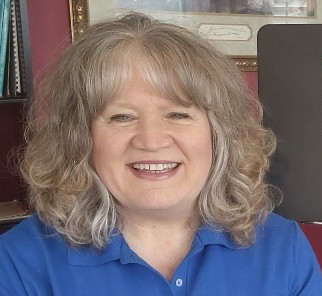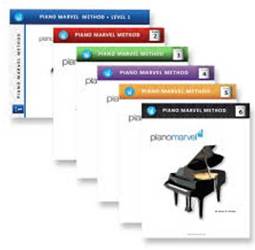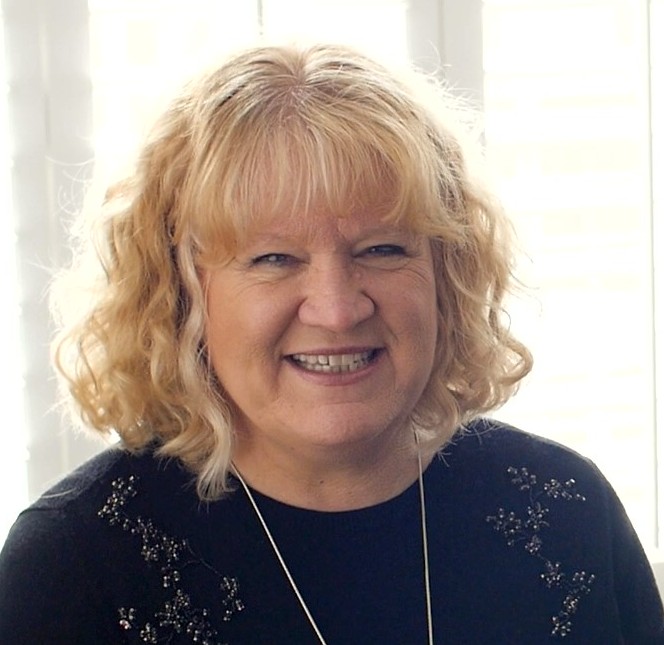Keep Music Students Long-Term
One of the biggest challenges for a private music teacher is keeping students long-term. So what are the tricks to keeping a student from quitting? Here are 9 tips to help students take music lessons long-term.
When students quit soon after signing up, building a roster of students is difficult, making it a challenge to make a living. There will be those students whose’s destiny is to sing or play an instrument. So no matter how you teach them, they will be long-term. Then there are the students who not only dislike music lessons, they don’t even like the sound of music. And no matter what you do right, they will not stay with you long.
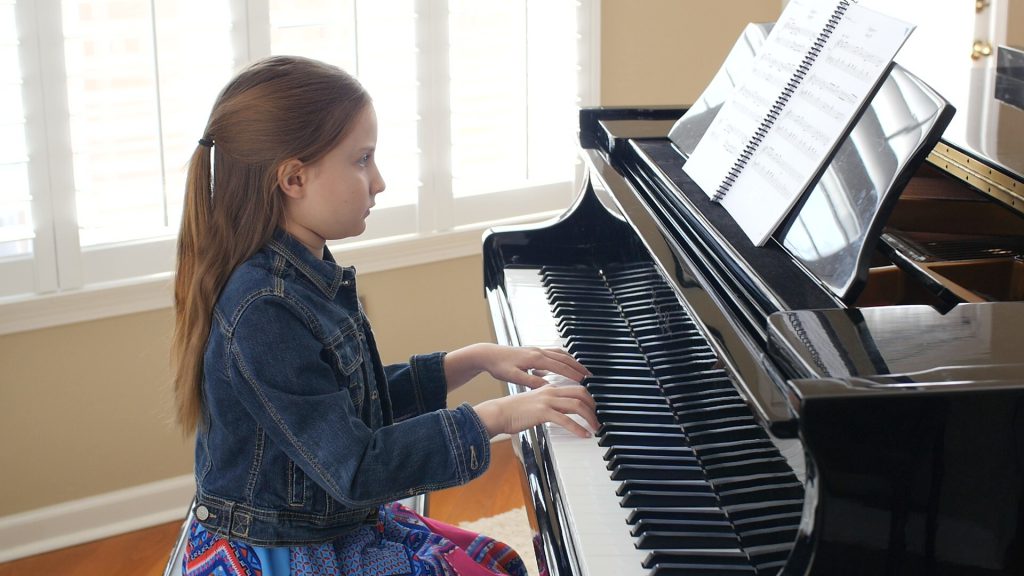
So let’s talk about the middle-range music students that most fall into, those that have some desire to learn to sing or play an instrument. By teaching them correctly, you could potentially have a student for years.
Have a passion for teaching music
Don’t be a music teacher just to make money when your performances are rare. Or think you can be a music teacher because you know how to play a few songs. There’s much more to becoming a music instructor than you may realize. You must have a passion for teaching and excitement when students learn, or it will become drudgery. If your students feel you’re not enjoying teaching, they won’t enjoy learning from you.
Get to know your students
If you’re still reading this post, I’m assuming you LOVE to teach music (as I do). The first critical factor in teaching is getting to know your students; study them. The great thing about teaching private lessons is how each student is unique. Figure out what makes them tick, their strengths, and their weaknesses. What do they love to do outside of music? Are they a perfectionist (the most challenging type of student to teach)? Are they analytical, mathematical-minded, or do they love to create? How do they learn best? Is it by listening, reading, doing, or watching? Knowing their personality, learning style, and what they love to do helps you match what you’re teaching to how they learn. It also makes the music student feel you know them and will be more endeared to you as a teacher. Who doesn’t want someone to know them well?
Be fun and friendly

When I first began teaching, I thought making lessons fun was an obvious point, but I quickly learned that not all instructors do this. I laugh and occasionally joke with my students while maintaining control and keeping on point during the music lesson. When the music student makes a mistake, I make it light. The less tension the student feels, the better they’ll do. And I never get mad or frustrated when a student makes mistakes. That’s part of the process, and the student should know you’ll never get upset at them. I tell my students that making a mistake can be a good thing, as they learn twice a much! Let the music student know it’s OK to make a mistake; and that, in fact, they likely will.
Teach in small steps
If you want to have a student running for the hills after one lesson, overwhelm them! I tell my staff to make the first lesson simple for a beginner, with one nugget of information they can learn. If the student is a quick learner, you’ll know by the second lesson, and you can increase the pace. But if the student leaves confused and frustrated, they’ll blame it on themselves for not understanding and will probably quit. Teach in a clear step-by-step method with plenty of repetition from the beginning and throughout your time with them. Be excited about any little achievement they make. Even small achievements can make a student excited and want to continue learning. Ask your students questions to ensure they understand every new concept you teach. Don’t assume they know what you’re talking about. I ask my students way more questions than they ask me in a lesson.
Don’t guilt them into practice

This is one of the most critical points. I wrote a blog earlier on how to motivate your student to practice. I encourage you to read it. Practicing is one of the biggest challenges for a private music teacher. But one thing I know DOESN’T work is guilting your student into practicing. Making them feel bad when they haven’t practiced will only make them hate the lessons. Adult students already feel bad, so they’ll probably just quit. A child without parents who make them stick with it will probably quit. When a student doesn’t practice, I tell them it’s OK and try to practice more the following week. Nothing can be done about the previous week anyway, so why make them feel bad about it. Have them focus on the future instead of the past.
Sometimes it’s a legitimate reason they couldn’t practice, but if it’s a weekly occurrence, you may want to find out why they’re not practicing. One reason could be not understanding the assignments, as in the previous point. If you don’t give specific assignments, they may not know WHAT to practice. So make sure you give clear instructions on what they should practice. Or maybe they have a busy schedule. I encourage students of any age to schedule their practice times so it becomes routine in their life. Whatever you do, make practicing a positive thing in their life. And never say, “You’re wasting my time and your parents’ money” to a young student. Even if they don’t practice or seem to enjoy the lessons, what you’re teaching them will stay with them forever. You never know what your lessons will inspire the young student in their life.
Learning Progress
My students know I won’t pass an assignment unless they’ve done it correctly. This encourages them to do their best and practice, so I will pass it. If your student does a good job, let them know you’re happy with their accomplishments. If they didn’t meet your standards to pass, let them know to work on it another week without it being a brow-beating session. Keep in mind their limitations when passing or not passing. I will not be as critical of a beginner or slower-paced student as someone more advanced or a quick learner. It’s essential for the beginning student to feel a sense of accomplishment.
Be prompt and consistent
One of the complaints I get from students that took lessons previously was their teacher would cancel a lot or be late. If you want music students long-term, you must be committed to their lesson time and be on time. Canceling a lesson should be rare and only for unavoidable circumstances. And if you do have to cancel, let them know as far in advance as possible. Showing your commitment to the lessons will likewise help the student be committed and have consistent attendance (which helps in their learning progress.)
The Right Curriculum is Vital
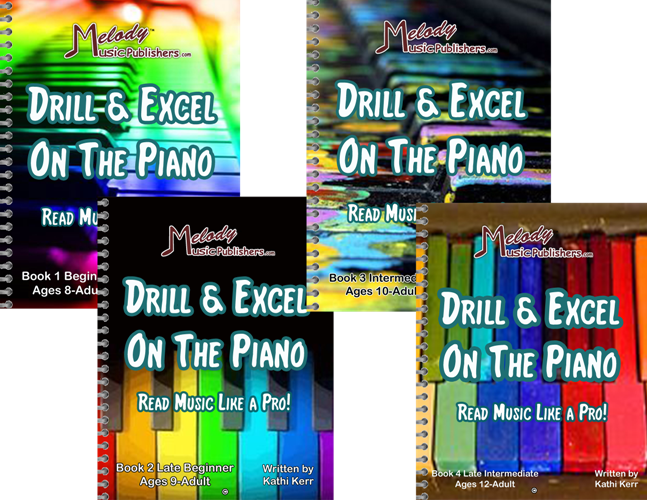
Having the right curriculum that teaches a step-by-step format is crucial. Use the book series that fits your teaching style and what is best for each student.
Our “Drill & Excel On the Piano” series includes everything a piano student needs in an easy-to-follow step-by-step format, including plenty of repetition so the student can master each level. Teachers can register to receive free shipping and 50% off their first copy and 20% off recurring orders for students.
Remind them of their progress
And finally, remind them how much they’ve learned and how far they’ve come. This doesn’t have to be every week, or it will lose the effect, but do this when you feel the student needs a little assurance or when they’ve accomplished something challenging. I sometimes have the student play a previous assignment they thought was so difficult so they can see how far they’ve come. The most vital part of teaching beginning students to keep them long-term is making them feel good about their progress and accomplishments!

I hope this tip helps you be the best teacher ever. Thank you for doing the best job in the world and sharing your music with others. Please comment to let other private music teachers know your thoughts!
Kathi Kerr is the owner and founder of Melody Music Studios, a nationwide music teaching studio, and Melody Music Publishers.
